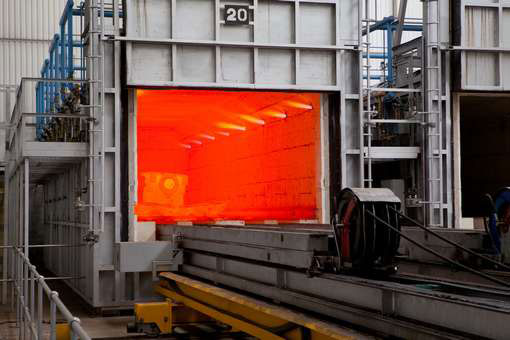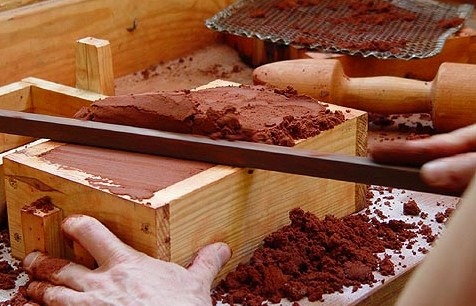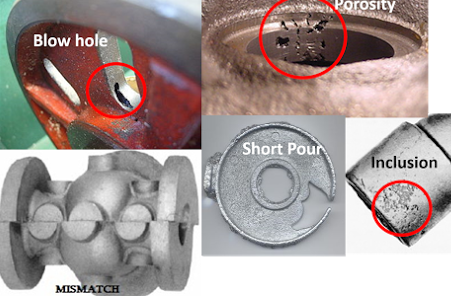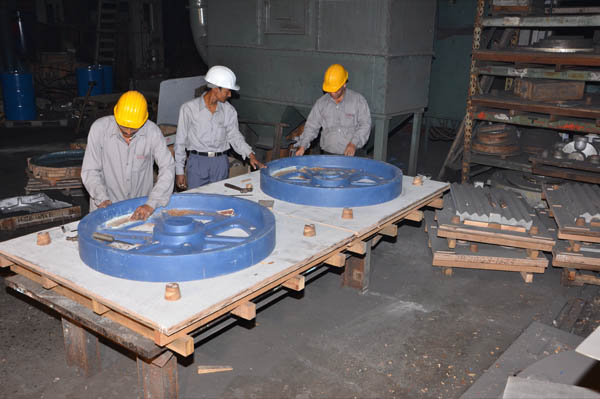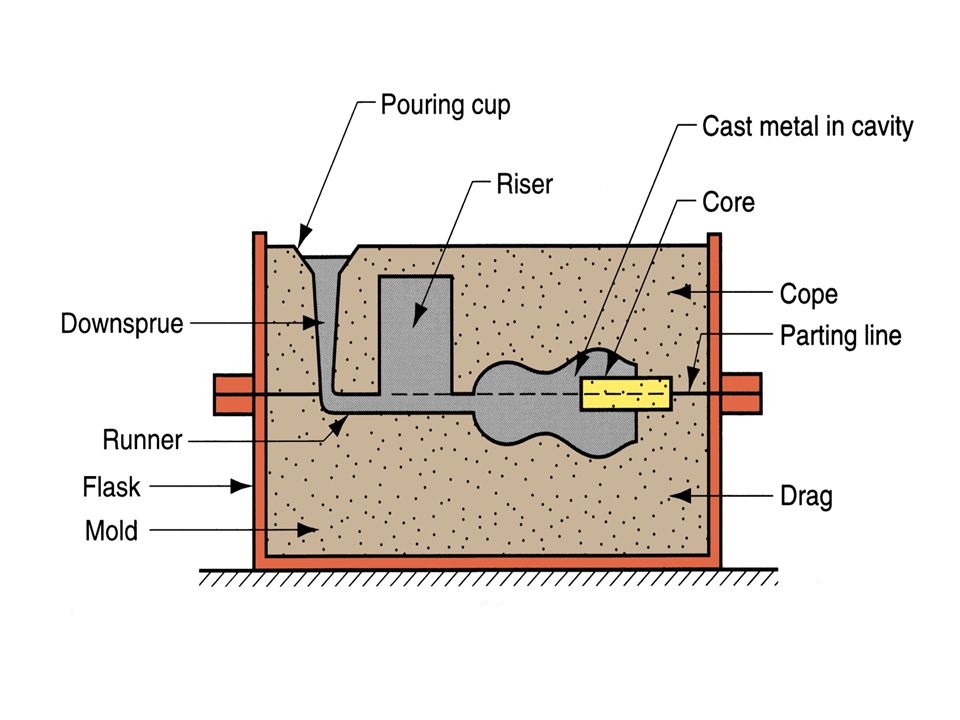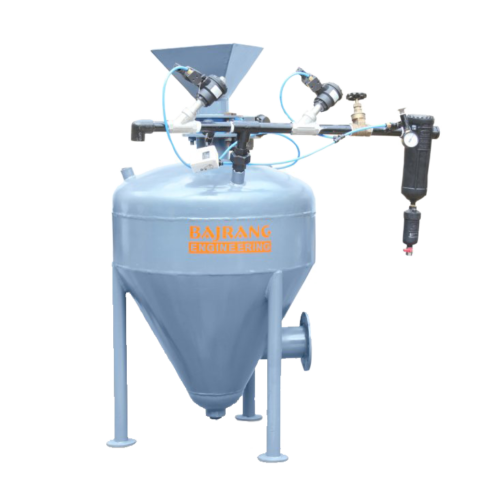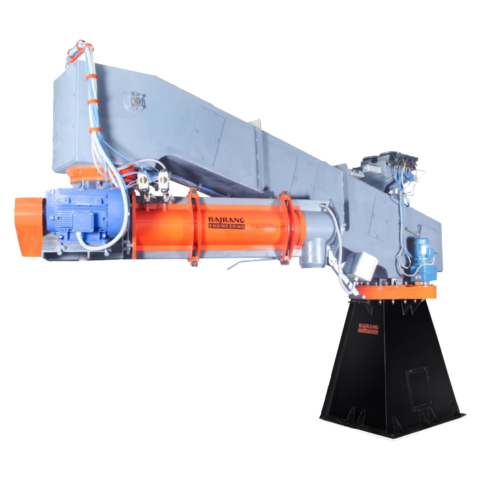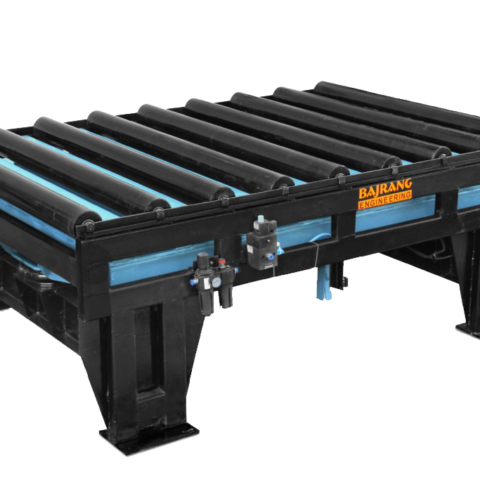What Is Heat Treatment Process ?
Are you curious to know what is heat treatment process? What are the types of it? Well, in this blog you will get answers of all these questions. So, let’s get started. Heat treatment process is a technique in which metals in the solid state are subjected to heating and cooling processes. The basic purpose of heat treatment process is to change the physical properties of the metal. The physical properties like ductility, malleability, hardness can be altered with this heat treatment process. These physical and mechanical properties of the metal are changed in such a way that it becomes …
Forging Process V/S Casting Process
In this Blog I will Explain about forging vs casting. In the manufacturing process these two processes forging and casting is very crucial. Without them it is impossible to make any machinery, tools, shape etc. Forging and casting both are used in the manufacturing industries but they have a lot of difference between them. Here we will discuss about forging vs casting in detail. What is Forging? It is a processes in which the metals and alloys are changed to the specific shape by compressive forces exerted by some external agencies. These external agencies may be hammers, rolls, press and an upsetting …
CASTING INSPECTION
CASTING INSPECTION -Casting inspection is use to check the qulity of casting for Acceptance/Rejection. -There Are maily two methods of Insopection, (1) Destructive Inspection Method (2) Non Destructive Inspection Method Destructive Inspection Method – In Destructive Inspection Method the sample piece of casting is destroyed during Inspection so its known as destructive Inspection Method. -This inspection is perform on testbar or on Piece-cut from sample casting. -Inspection is carried out to test and measure mechanical properties like Tensile Strength, Elongation Percentage, Hardness etc. Non-Destructive Inspection Method – Inspection is done without distroying the casting. -A) Visual Inspection : Cracks, Tears …
ALL TYPES OF PATTERN ALLOWANCE
(1) SHRINKAGE ALLOWANCE • The Rate of Construction with temp. is dependent on the material for example constructs to a higher degree compared to aluminium for compensate the solid shrinkage a shrinkage rule must be used in laying out the measurement for the pattern. • A Shrinkage Rule for cast iron is 1/8 inch longer per foot than a standard rule. If a gear blank of 4 inch in dia was plan to produce out of cast iron,the shrink rule in measuring it 4 inch work actually measure 4-1/2 inch,thus compensating for the shrinkage. (2) MACHINING OR FINISHING ALLOWANCE • …
MOULDING SAND PROPERTIES FOR SAND CASTING
During Sand casting, we uses sand for the preparation of mould. It is the moulding sand properties which improves the quality of the casting. If a sand of suitable property is chosen, than it greatly minimises the casting defects that may be produced during the mould preparation and casting. In this blog we will discuss all the properties of moulding sand that it must possesses for the preparation of excellent mould. Properties of Moulding Sand A moulding sand should possess the following 6 properties 1. Porosity 2. Flowability 3. Collapsibility 4. Adhesiveness 5. Cohesiveness or strength 6. Refractoriness 1.Porosity or …
TYPES OF MOULDING SAND
In this Blog we will learn about the types of moulding sand. Sands which are used to make mould is called moulding sand. Almost every manufacturing industries uses moulding sand to make moulds. Casting of materials without use of moulding sand is impossible. Here we are going to discuss about different types of moulding sand. The various types of moulding sand are 1. Green sand 2. Dry sand 3. Loam sand 4. Parting sand 5. Facing sand 6. Backing sand 7. System sand 8. Core sand 1. Green Sand → Green sand is a mixture of silica sand and clay. …
TYPES OF CASTING DEFECTS
Defination of Casting Defects : It is an unwanted irregularities that appear in the casting during metal casting process. There is various reason or sources which is responsible for the defects in the cast metal. Here in this blog we will discuss all the major types of casting defects. Some of the defects produced may be neglected or tolerated and some are not acceptable, it must be eliminated for better functioning of the parts. Types 1. Gas Porosity: Blowholes, open holes, pinholes 2. Shrinkage defects: shrinkage cavity 3. Mold material defects: Cut and washes, swell, drops, metal penetration, rat tail …
Different Types of Pattern
→ In casting process, Pattern is the replica of the device which is the output of casting process. This when molded in sand forms mold. After filling mold with the molten metal there is a formation of casting. Patterns play a very important role in casting as they decide the quality as well as perfection in a particular casting process. Gates and runners are the most important components in several types of pattern. Pattern is the basic requirement for creation of mold and it is always bigger than the size of casting. There should be a proper selection of pattern …
CASTING TERMINOLOGY
CASTING TERMINOLOGY → (1) FLASK:- The Flask is the box that contains the moulding aggregate. → (2) Pattern:-It is the replica of the final object to be made with some modification. → (3) Parting Line:-This is dividing line b/w two parts of flask that makes the sand moulds. → (4) Bottom board:- This is normally made of wood which is used to support the one end of the flask. → (5) Facing sand:- The Small amount of carbonucous sand material sprincal on the internal mould surface of cavity to give better surface finish to the casting. → (6) Moulding Sand:- …
ADVANTAGES OF CASTING PROCESS OVER OTHER MANUFACTURING PROCESS.
ADVANTAGES OF CASTING PROCESS OVER OTHER MANUFACTURING PROCESS. …


